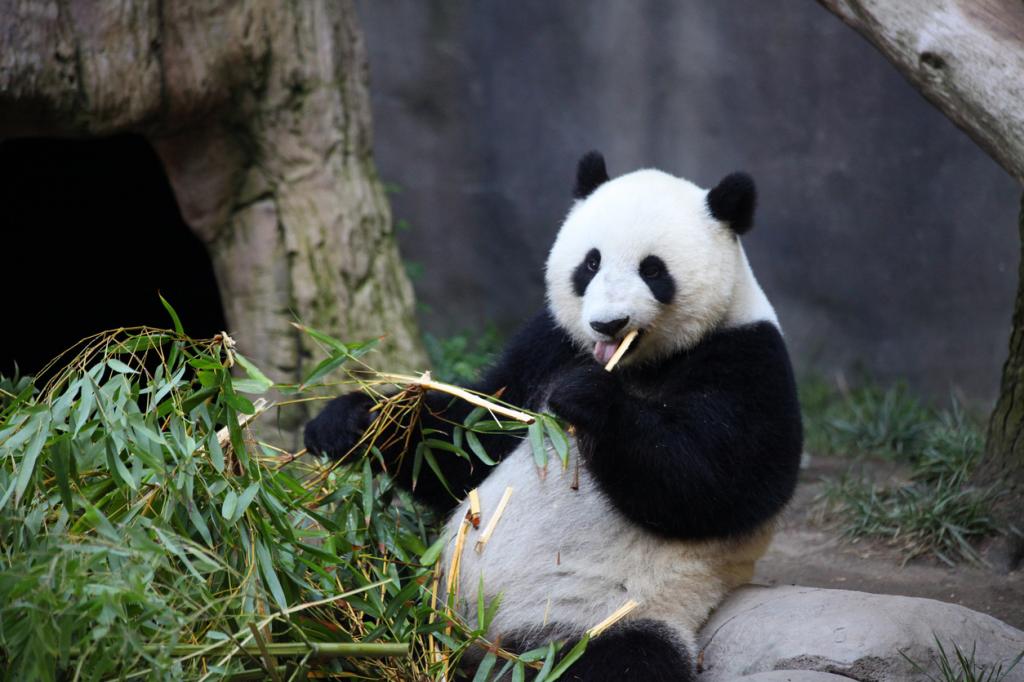

Also, why they are chubbier during one part of the year than the rest



A certain microorganism in the bear’s gut could be producing fat for its host, keeping them chubby despite being on a low-fat and high-fibre diet, according to a new report.
Giant pandas are herbivores. Their diet mainly consists of bamboo leaves and shoots.
From late August to April, they chew on fibrous leaves containing large amounts of hemicellulose and cellulose. The rest of the year, young shoots rich in proteins become the animal’s staple diet.
However, both leaves and shoots contain little fat. “Fat storage is important for animals that must regularly subsist on low-quality foods, as well as for many life events, including seasonal migration, gestation, and reproduction,” researchers wrote in the study published in Cell Reports.
A diet shift appears to influence the giant pandas’ chubbiness. For example, the daily body mass gain is significantly higher during the shoot-eating season than the leaf-eating one.
The gut microbial residents also vary. “We’ve known these pandas have a different set of gut microbiota during the shoot-eating season for a long time, and it’s very obvious that they are chubbier during this time of the year,” Guangping Huang from the Institute of Zoology, Chinese Academy of Sciences and first author of the study, said.
So, the next question was investigating whether gut microbes induce body mass changes.
This led scientists to Qinling, a mountain range in China. The team compared the gut microbial composition of pandas between the leaf- and shoot-eating sessions.
Their analysis showed that the gut hosted significantly higher levels of Clostridium butyricum during the shoot-eating season.
They suspected that this bacterium could be producing compounds that affect giant pandas’ metabolism.
“For endangered and vulnerable wild animals, we can’t really run tests on them directly,” Huang said.
So, they turned to faecal microbial transplantation, which is increasingly helping scientists understand the physiological significance of the gut microbiome.
Huang and his colleagues transplanted faeces from pandas into mice that lacked microbes. These germ-free mice consumed a bamboo-based diet for the following three weeks.
Their analysis showed that mice that received faeces collected during the shoot-eating season gained significantly more weight and had more fat than their counterparts who acquired stool from the leaf-eating season.
Further tests revealed that C. butyricum produces a compound called butyrate. This metabolic by-product increased the levels of a gene Per2, which further accelerates lipid synthesis and storage.
Next, the team plans to identify more gut microorganisms and understand their role in the animal’s health. “Identifying what bacteria are beneficial for animals is very important because one day we may be able to treat some diseases with probiotics,” Huang said.
We are a voice to you; you have been a support to us. Together we build journalism that is independent, credible and fearless. You can further help us by making a donation. This will mean a lot for our ability to bring you news, perspectives and analysis from the ground so that we can make change together.

Comments are moderated and will be published only after the site moderator’s approval. Please use a genuine email ID and provide your name. Selected comments may also be used in the ‘Letters’ section of the Down To Earth print edition.